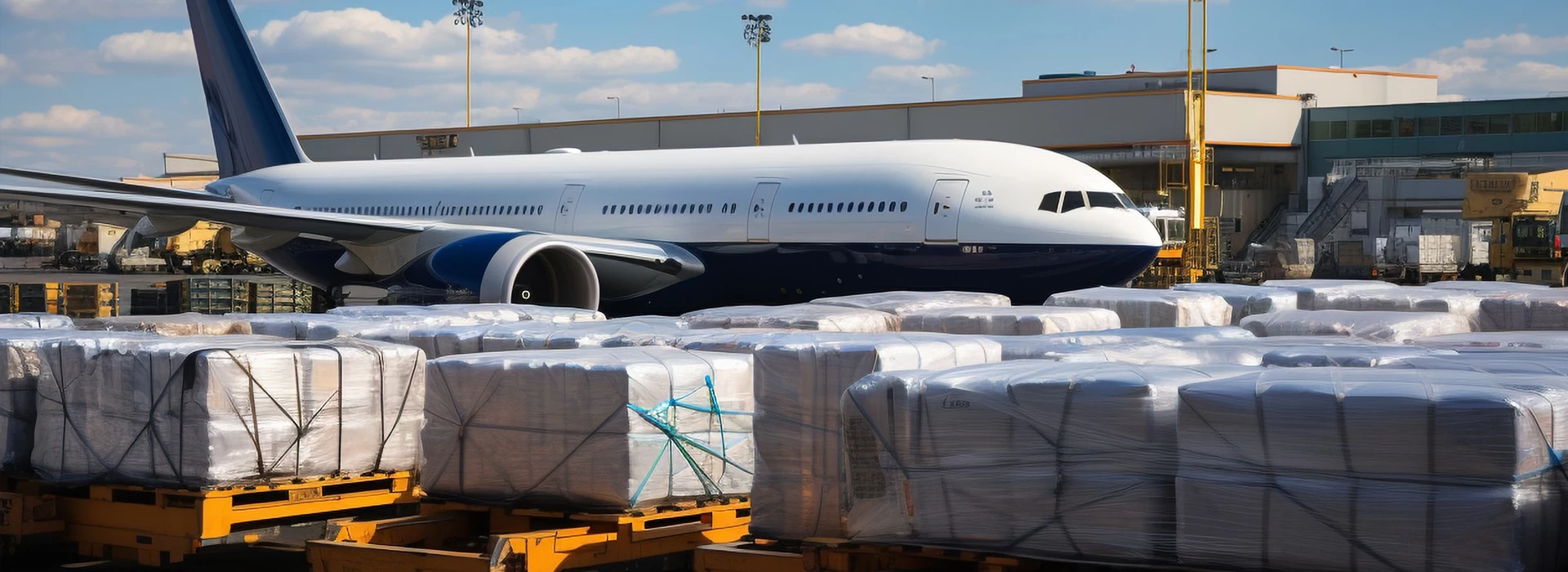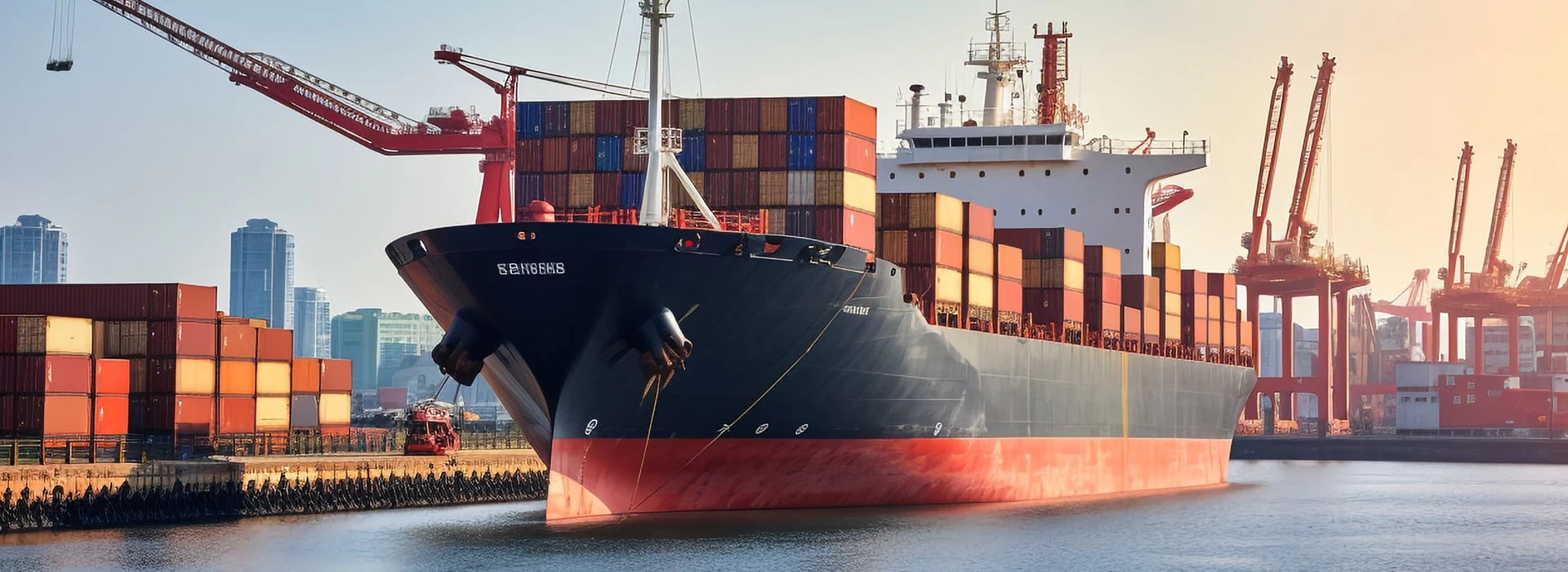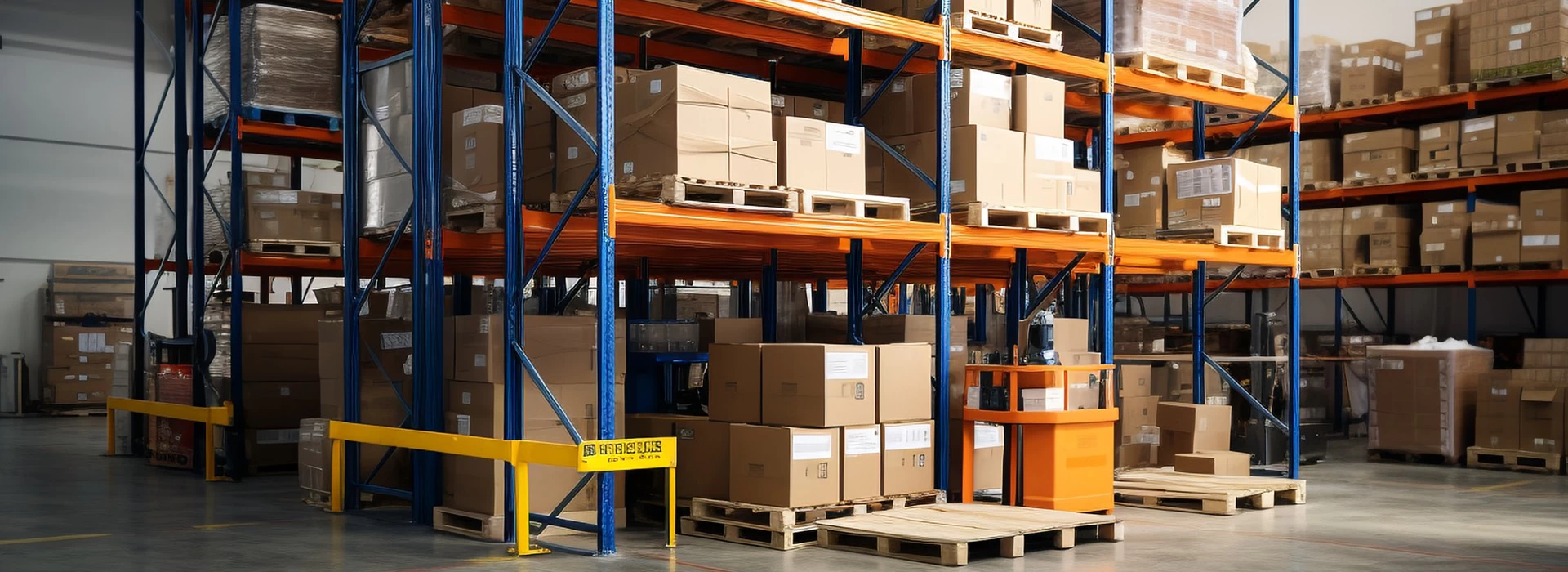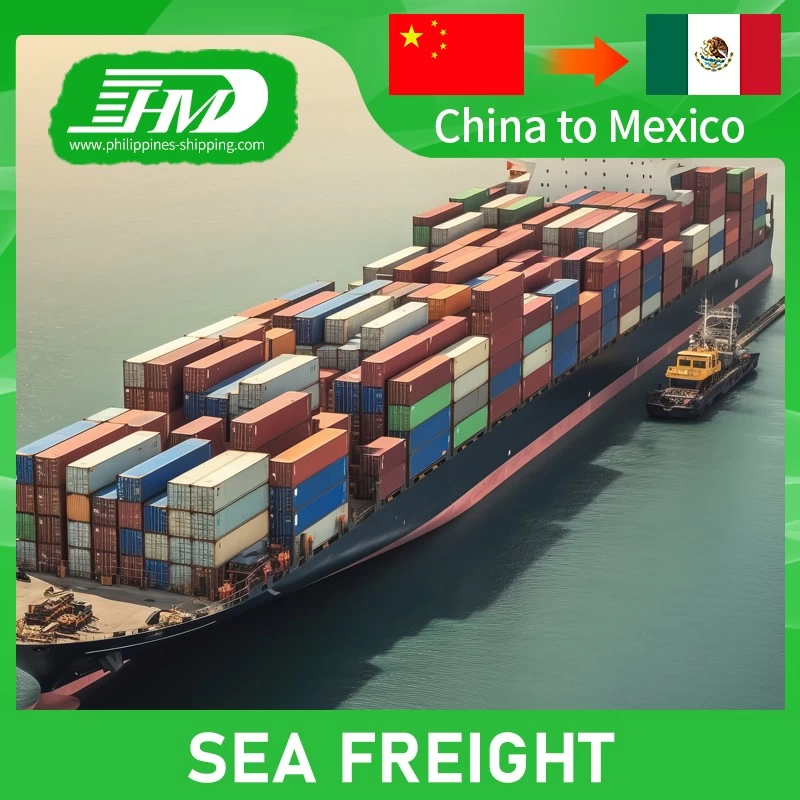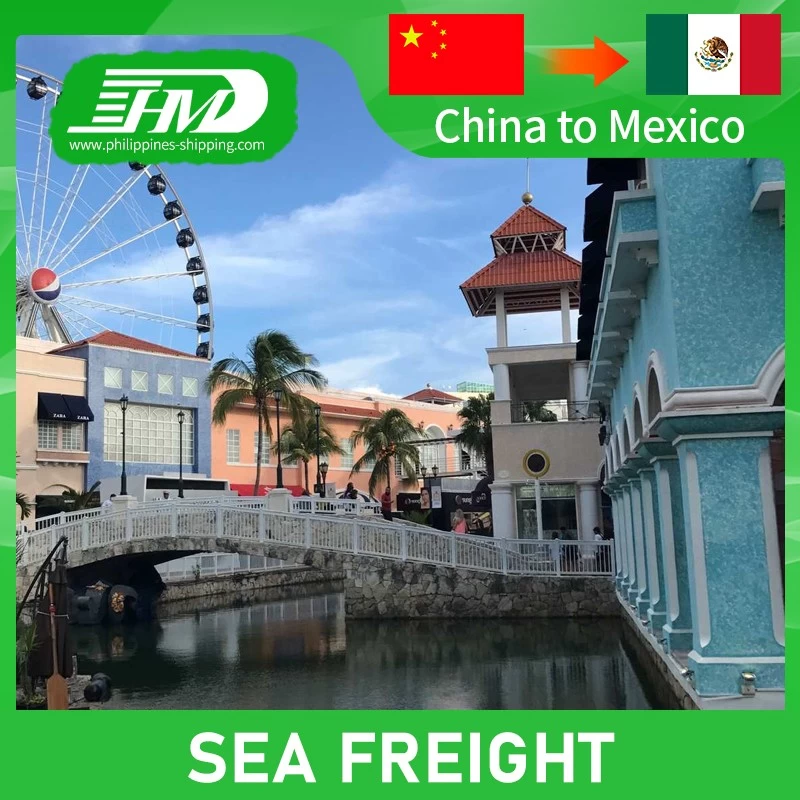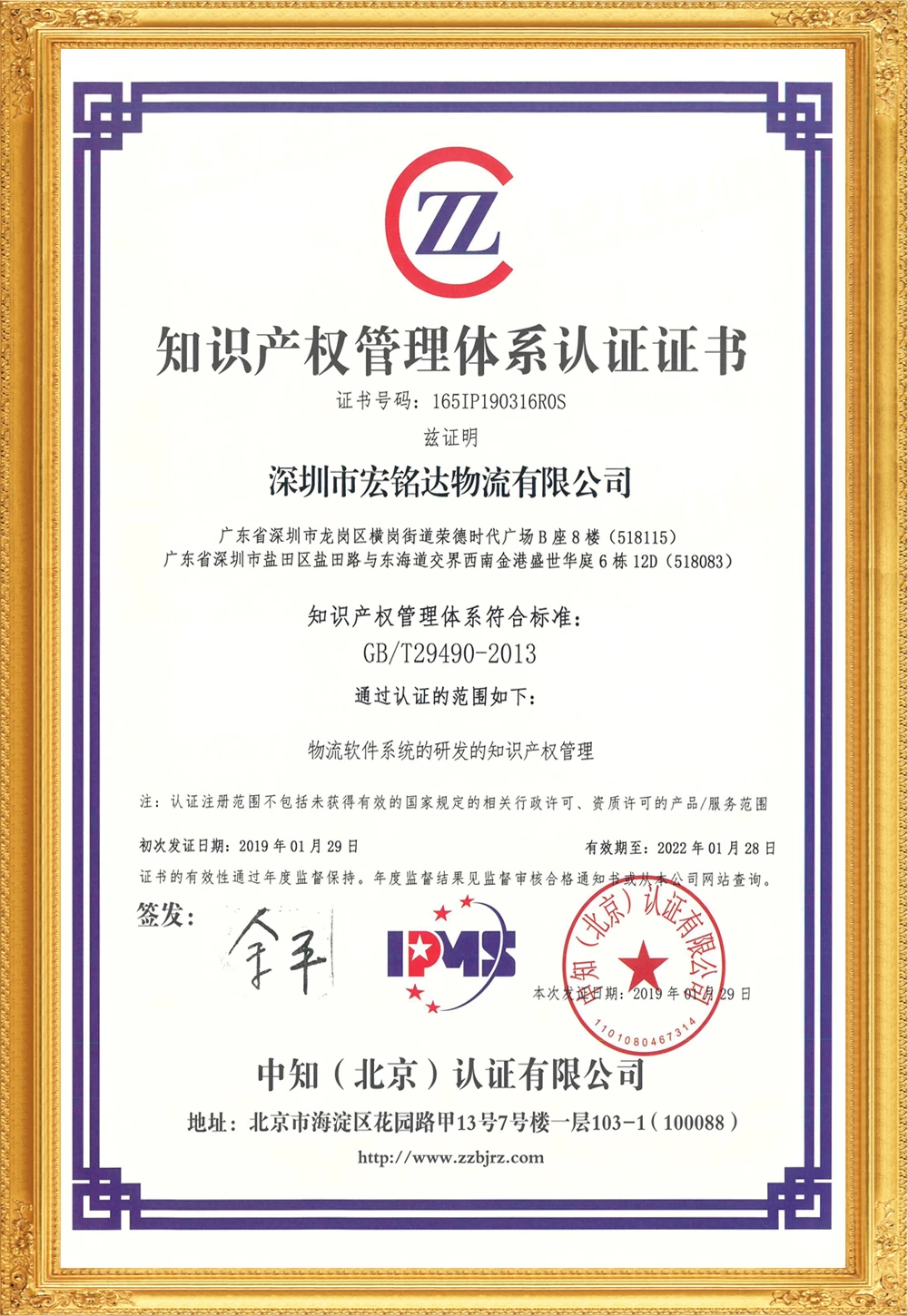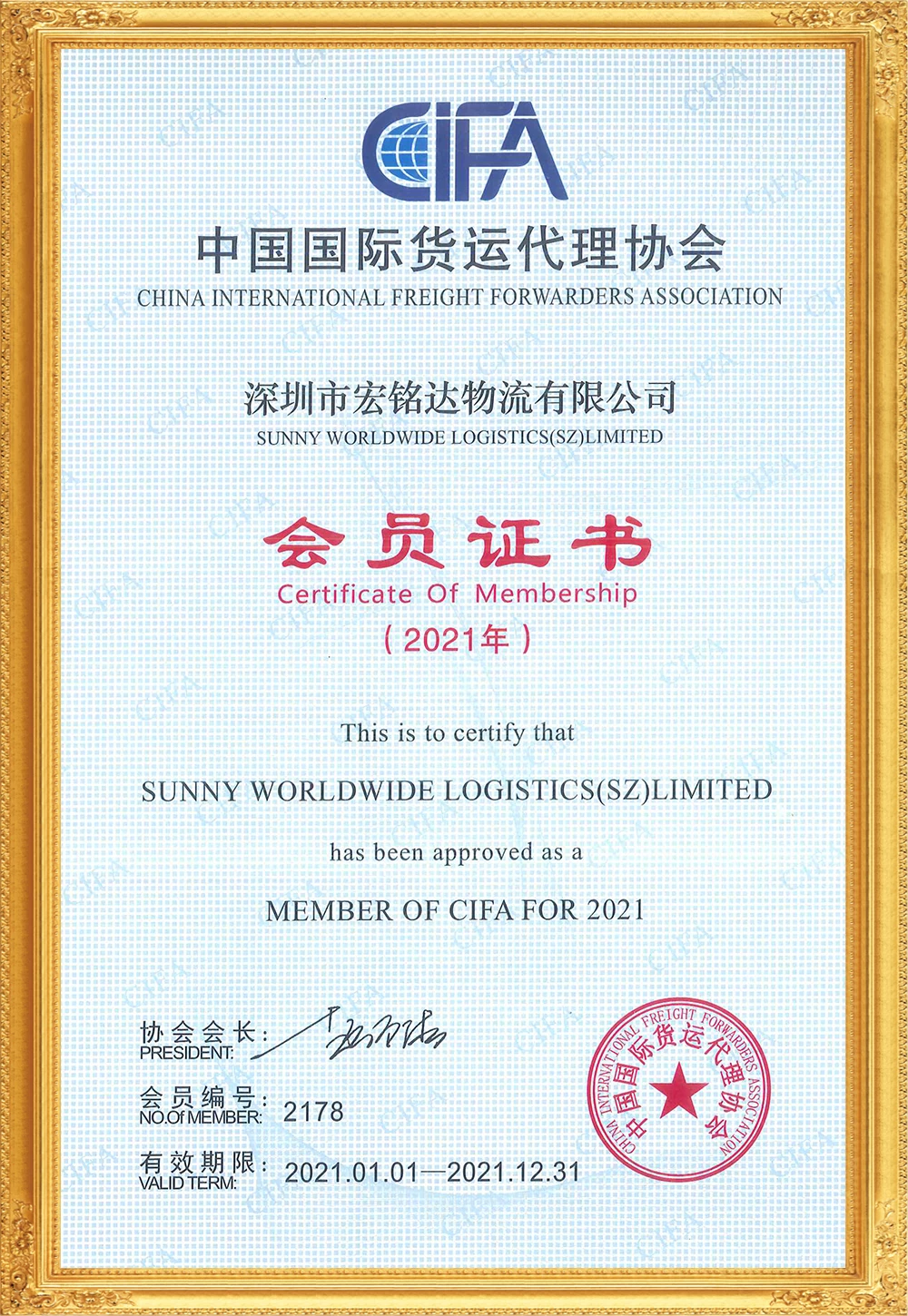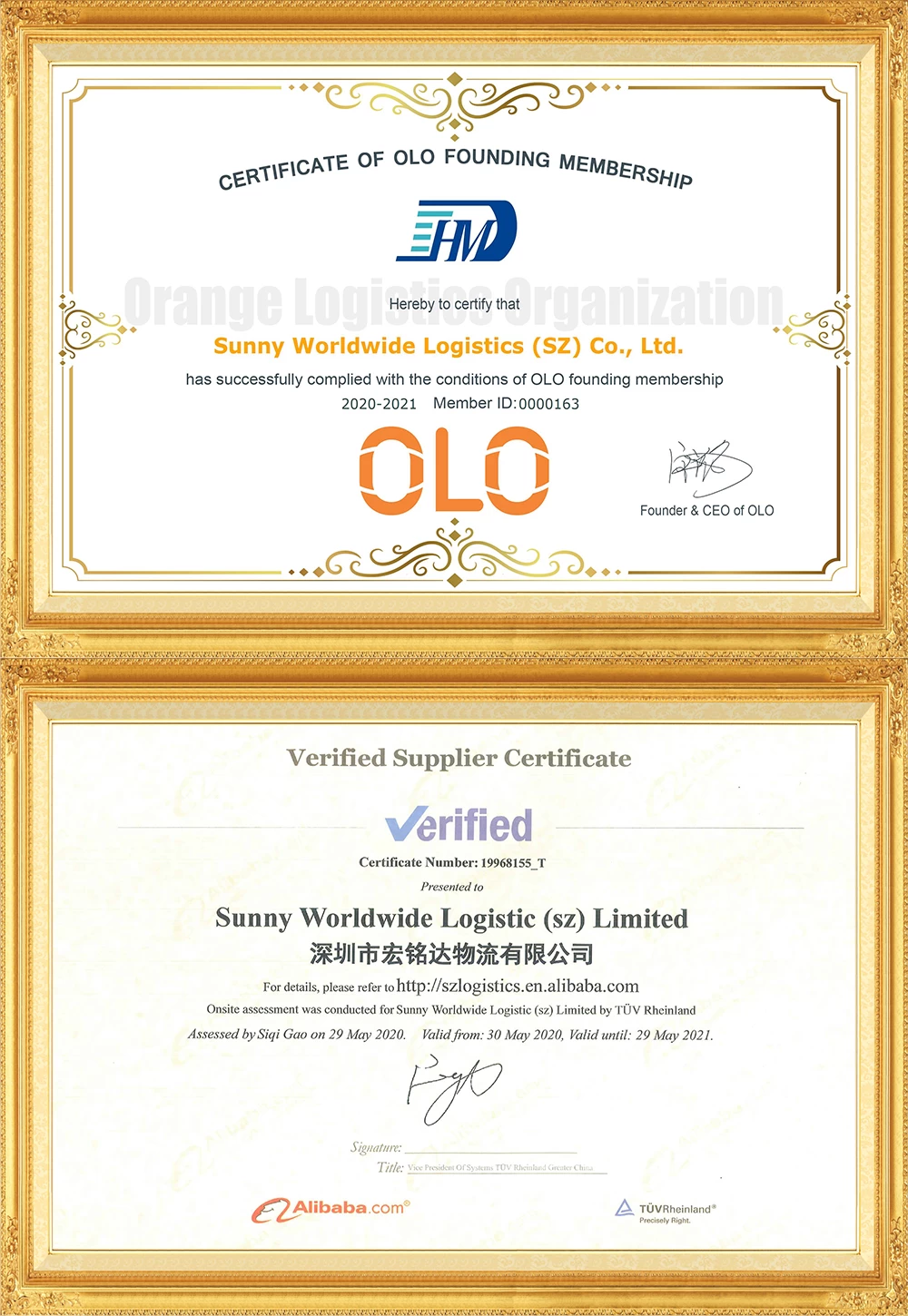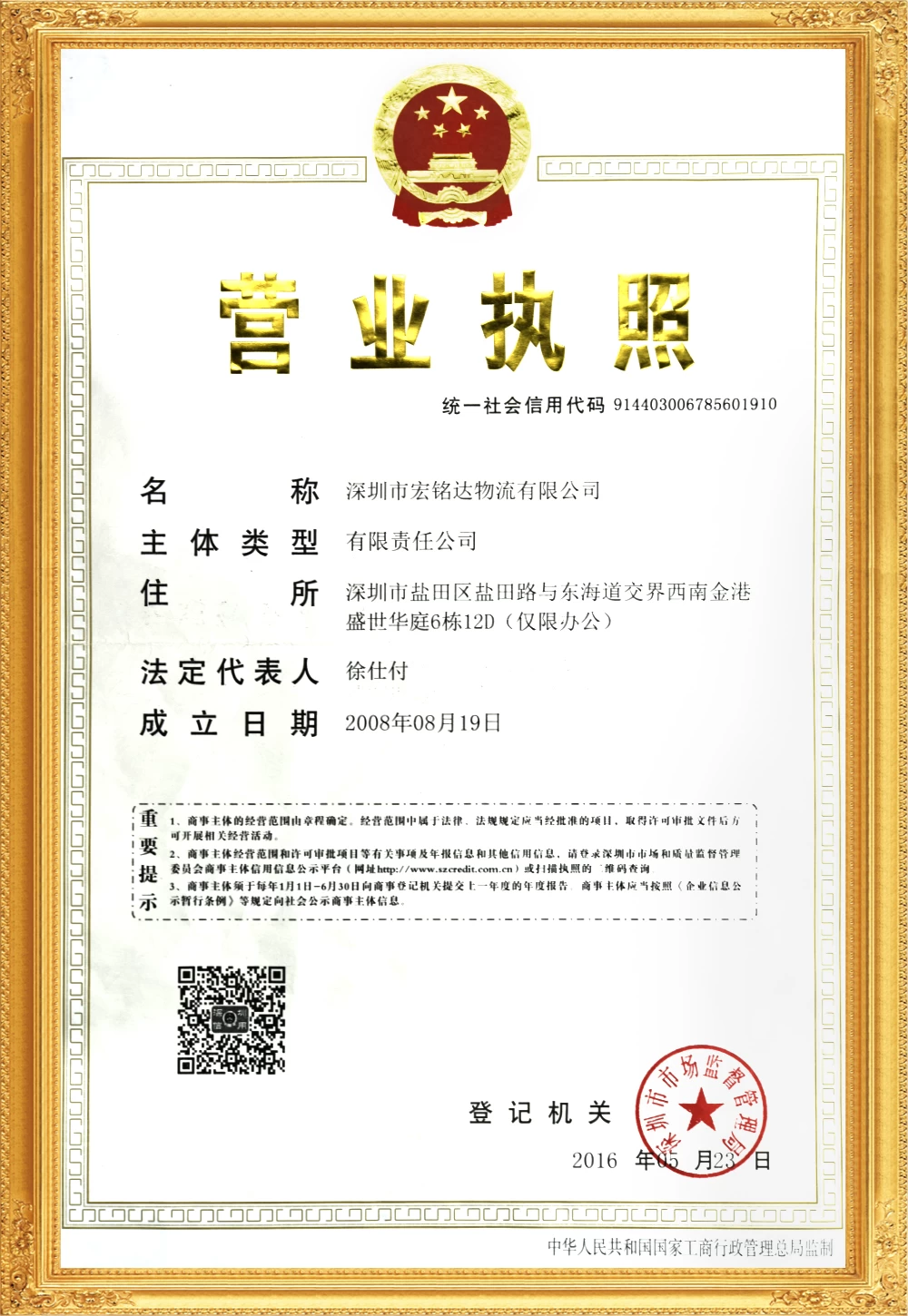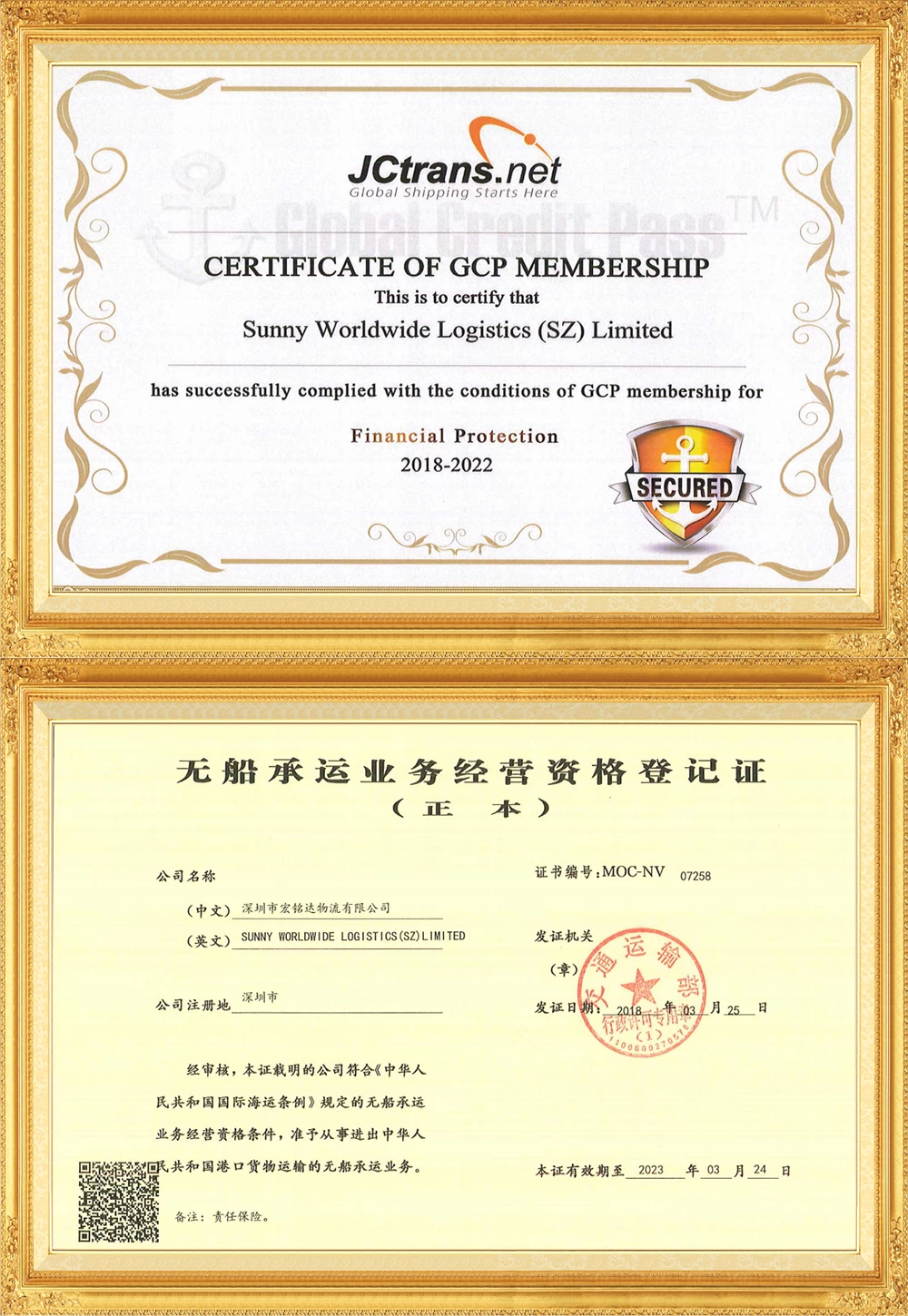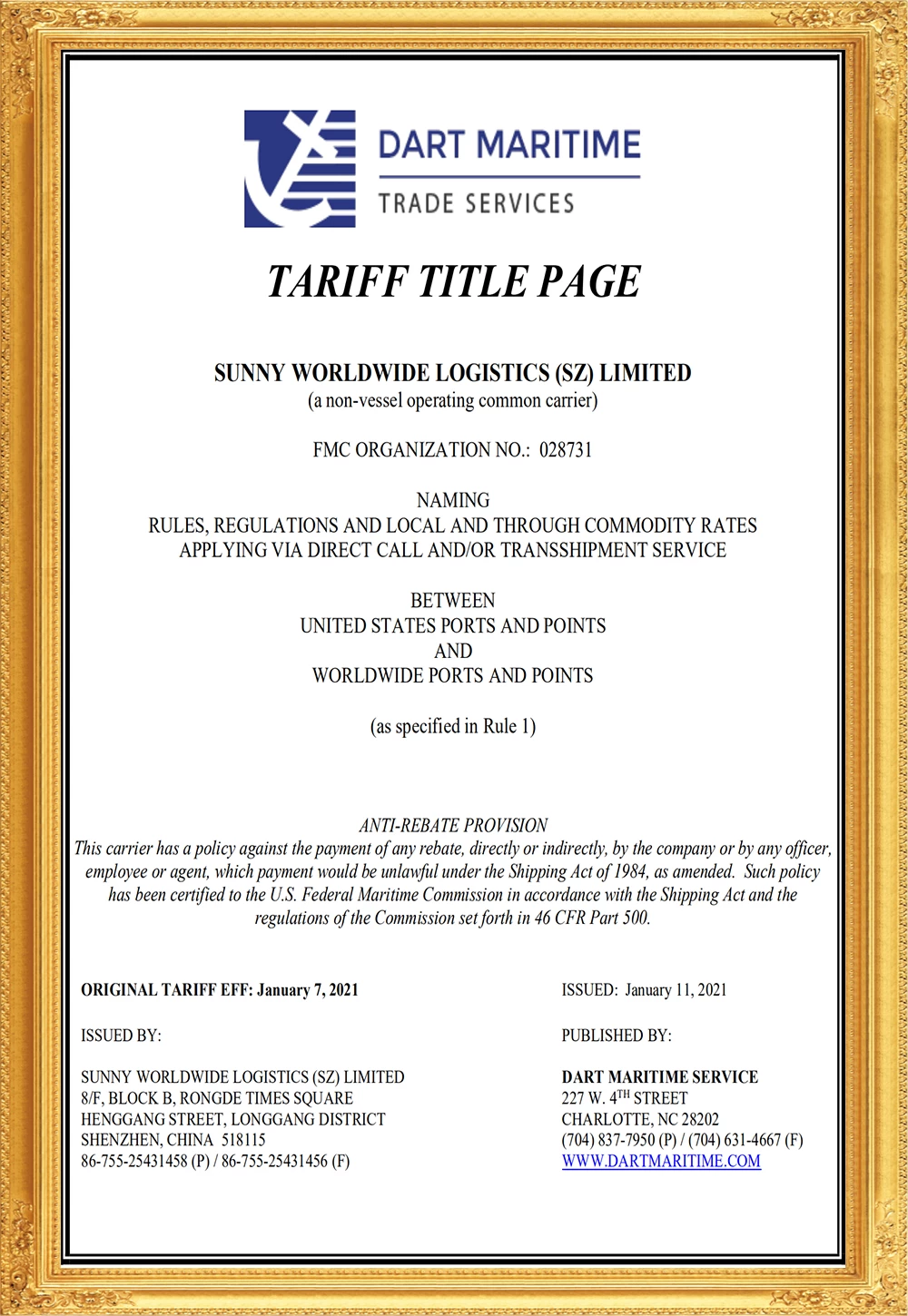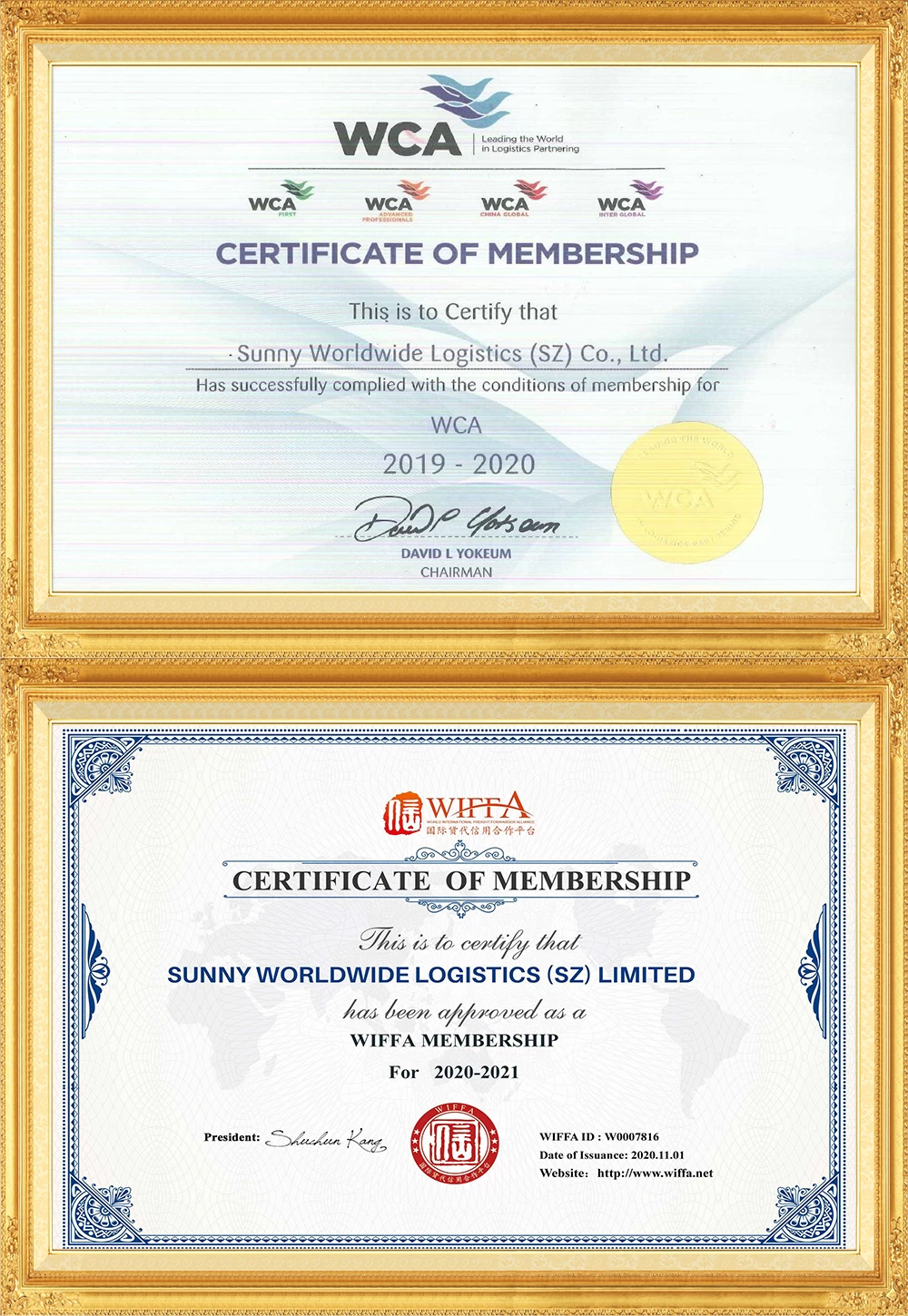The Port of Long Beach had its busiest September on record.
The container throughput of the Port of Long Beach (LB) reached 829,400 TEU in September this year, an increase of 11.8% from the same period last year, exceeding the record of 78,849 TEU set in September 2020. Among them, import heavy containers increased by 19.3% to 408,900 TEU, and export heavy containers decreased by 10.3% year-on-year to 101,200 TEU. In addition, the number of empty containers passing through the Port of Long Beach increased by 11.5% to 319,200 TEU.
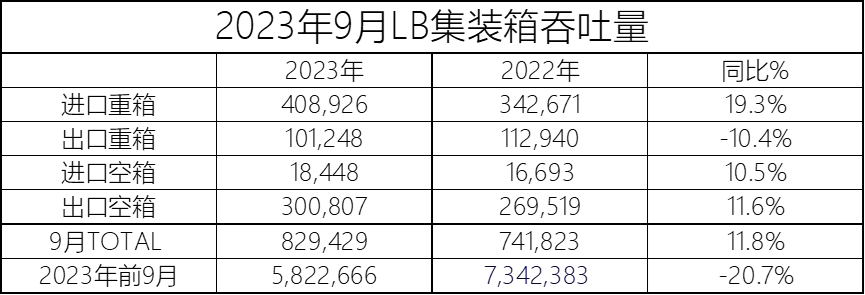
In the first nine months of 2023, the container throughput of the Port of Long Beach reached 5.8227 million TEU, a year-on-year decrease of 20.7%. This year’s cargo volume is similar to pre-pandemic levels, with container throughput at the Port of Long Beach exceeding 5.7 million TEU in the first nine months of 2019. Additionally, between July 1 and September 30, the port handled 2,089,990 TEUs, a 10.5% decrease from the third quarter of 2022.
The Port of Long Beach had its busiest September on record, the Port said, driven by increased consumer confidence, a labor agreement and continued efforts to strengthen competitiveness.
Mario Cordero, CEO of the Port of Long Beach, said, "Consumer confidence is rising, and now that the labor agreement has been reached, shippers can choose the port. We expect cargo volumes to rebound moderately before the end of the year."
“Providing the best service and facilities while supporting our labor and industry partners remains our top priority,” said Long Beach Port Commission Chairman Bobby Olvera Jr.
The International Longshore and Warehouse Union (ILWU) and the Pacific Maritime Association (PMA) announced a tentative six-year contract on June 14. ILWU longshoremen voted to approve the six-year contract on Aug. 31.


